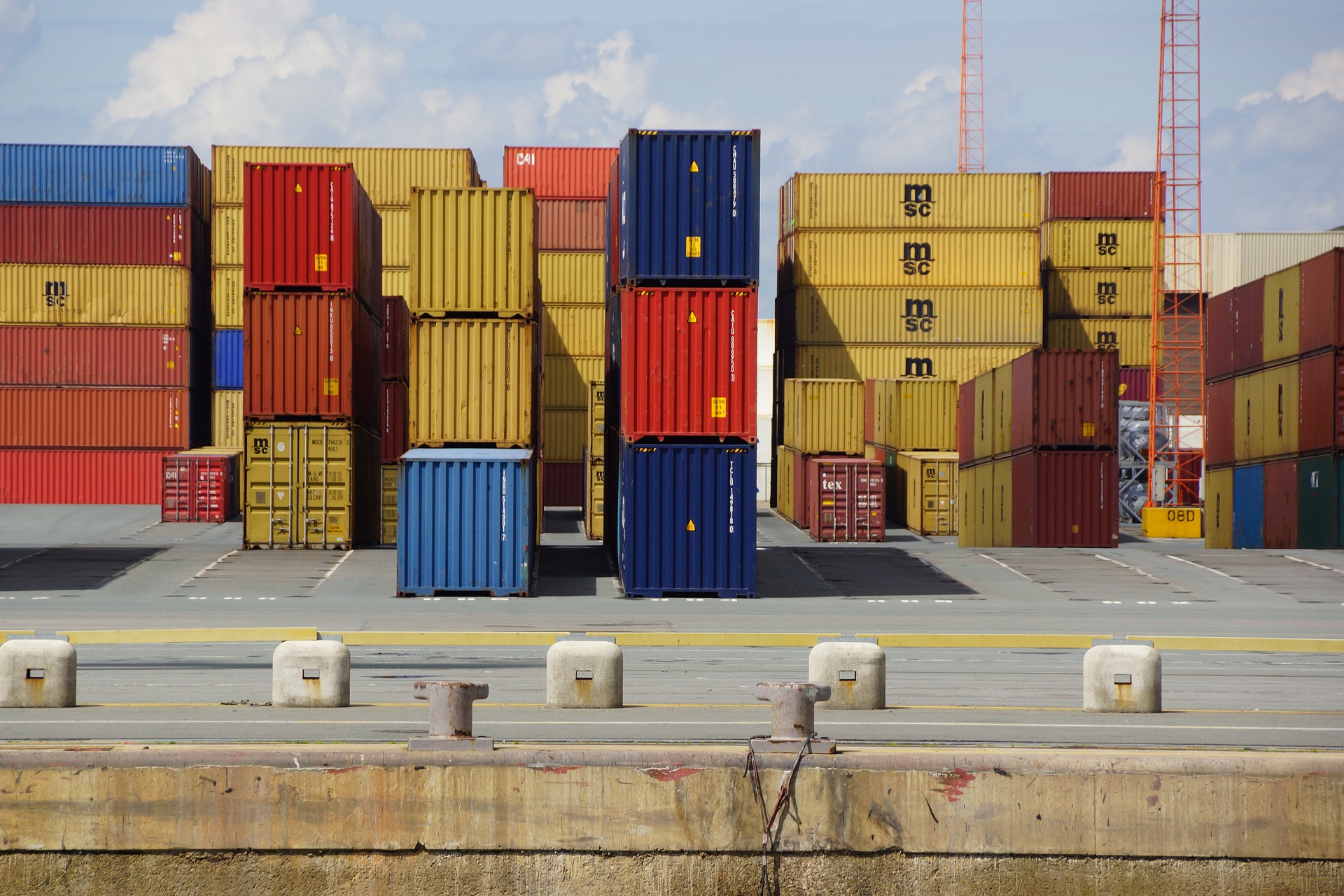Atomization of responsibility in the global economy based on division of labor – taking responsibility for supply chains, discussion with Dr. Peter Riedi, Board of Directors EM Global Service AG, Principality of Liechtenstein
The division of labor in the global framework has become established. Be it the daily coffee, the new jeans or the long-awaited laptop. Hardly any of these goods are still produced in their countries of origin these days. A targeted internationalization of production has been taking place for years. At whose expense this consumption luxury of the global north takes place, remains mostly unnoticed. Topics like: Living at subsistence level, refugee flows to the global north or destruction of the environment, are only the tip of the iceberg. Not least because of the current global situation, it is important to address the negative consequences for people and nature. The development towards globalization of supply chains did not just happen by chance – it pursued then as now the goal of increasing existing capital. Through years of optimizing distribution and production channels, companies today are able to increase their own profits more than ever before.
In retrospect, a trend towards transnational production has developed, especially since the 1960s. Dr. Peter Riedi: „Due to falling profit rates and increasing export pressure from Japan and Europe, some U.S. corporations initially decided to move individual production steps abroad. In the mid-1980s, with the political development towards a neo-liberal economic order, new sales markets and favorable production locations were developed in a targeted manner, which was particularly evident in the increase in foreign direct investment (FDI).“ Dr. Peter Riedi (PhD in Economics and Social Sciences, University of Bern, 1992) is considered an expert in auditing, fiduciary services and has made a name for himself in the financial sector as a director and partner of companies that have acquired extensive knowledge in many sectors of the economy. „The approach of corporations evolved over the years to a targeted division of production processes. Medium-sized companies followed the trend. From the outset, companies oriented themselves to the production costs within countries, which in turn were determined by the prevailing wage costs and social and environmental standards there,“ explains Dr. Riedi and continues, „by distributing the individual production steps to the most favorable production countries in each case, the costs of manufacturing the goods were reduced. In addition, there has been a strong tendency for low-wage countries to enter the production business on their own responsibility. The boom of Asian countries since 1985 is a consequence of this development.“
Global division of labor thrives on low transport costs

Global world trade thrives on low transportation costs for goods. Another reason for the current structure of supply chains is the improvement of their logistics, i.e. the transport, storage, and distribution processes. „Especially in recent years, immense progress has taken place in the field of supply chain logistics. This was made possible, among other things, by the introduction of the container in 1956. This allowed freight volumes to be increased, goods to be better stored and transport routes to be more automated. As a result of these smooth supply chains, transport costs could be lowered and personnel costs significantly reduced,“ explains Dr. Riedi.
This was particularly evident from the mid-1980s with the introduction of just-in-time production and distribution. Production efficiency was to be increased several times over through the precise coordination of manufacturing processes and the renewed reduction of costs within goods and procurement logistics. With the proliferation of the Internet and the introduction of online trading in the 21st century, the just-in-time model achieved rapid growth. The world changes – metals remain.
Global cooperation – atomized responsibility?
In addition to the positive effects, overheating is discernible. The global economy is undergoing a transformation from linear management to a sustainable economy. There are also tendencies to introduce globally equal environmental standards and also to adjust the level of social protection. Many initiatives, among others from Europe, are therefore dedicated to the fight for the introduction of supply chain laws, which should ensure the protection of human rights as well as the environment within these supply chain processes. EM Global Service AG is benefiting from this development because both jewelry metals and industrial metals are becoming more valuable. Price drivers are the increased humanity with expected 10 billion people as well as the conversion to a sustainable economy in the sense of a circular economy. EM Global Service AG observes the market developments.
Price development proves us right
The development of gold, silver, and platinum and palladium prices in recent years illustrates the opportunities of an investment in precious metals. Dr. Peter Riedi: „The price development of commodities does not run parallel, but is highly variable. For example, the price of gold is practically not dependent on the development of industrial production, but it is dependent on jewelry demand and even more so on the threat of inflation and perceived fears of inflation. The price development of silver and platinum, on the other hand, is dependent on industrial demand and thus on economic development. Our commodity concepts are not a short-term trading product, but a long-term oriented investment in precious metals.“
EM Global Service AG focuses on gold, silver, platinum and palladium. All precious metals are acquired and held in physical custody. The precious metals are stored in a high security vault facility of a Swiss or Liechtenstein security company. Due to population growth and the growth of buyers with purchasing power in global terms as well as economic growth, there is a significant shortage. Due to sustainable management and high hurdles for procurement (ecological and economical) the values continue to increase.
V.i.S.d.P.:
Nayra Rüdiger Wagner
Student & Blogger
About the author:
Nayra Rüdinger-Wagner is currently studying Media and Communications Management at SRH Fernhochschule. In addition to her long-standing passion for the film industry as well as traveling and getting to know other countries and cultures, she is now focusing specifically on her interest in finance. She appreciates the free and location-independent nature of her studies, which also allows her to take advantage of every new opportunity to further her education in her areas of interest.
Contact:
EM Global Service AG
Landstrasse 114
FL- 9495 Triesen
Principality of Liechtenstein
Phone +423 230 31 21
Fax +423 230 31 22
Contact person:
Dr. Peter Riedi
info@em-global-service.li
www.em-global-service.li

Company description
Located in the heart of Europe, EM Global Service AG designs and manages commodity and precious metal concepts. The range of services of EM Global Service AG includes the acquisition, custody and security of physical precious metals for the owners, the buyers. The company with her team builds on economic stability and secure it with reliability and discretion in asset custody in the heart of Europe. For more information, visit www.em-global-serevice.li


